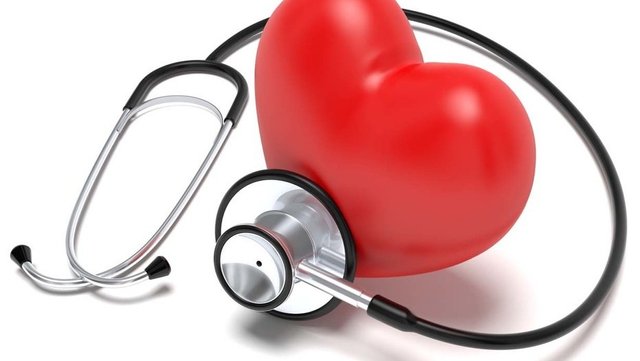Tips to prevent a heart attack.
Myocardial infarction is caused by the obstruction of a coronary artery, which are those that nourish the heart. This is the leading cause of death worldwide, where there are 14 million cases per year, and at the same time it is locally, above cancer and other infectious diseases such as AIDS.
One of the biggest complications is that it is silent, which is why it usually takes place many years before the final result is presented. Few people have previous symptoms, and usually these occur in stages close to infarction, called pre-infarction. For this reason, all patients who feel precordial pain, that is, in the region of the thorax, who have irradiation to the left arm and the jaw should visit a professional. When that type of ailments is added to the loss of knowledge, lack of air, and dizziness, you should consult the doctor urgently.
What are the causes?
90% of heart attacks are caused by one or more of the following risk factors:
- Arterial hypertension
- Smoking
- Dyslipidemia (alteration of lipids)
- Stress
- Sedentary
- Obesity
- Diabetes
- Lactic acid uric acid
- Renal insufficiency
All these causes could be avoidable, and that is where the fundamental importance of prevention lies.
This does not mean that it is a totally preventable disease, since there are other factors that are inherent to the genetic load of each one, such as family history or sex, since men are more predisposed to infarct than women, at least until that they are in the menopausal stage. Age is also important, those over 70 are at greater risk due to aging of the arteries.
How to prevent it?
Being a disease that has no previous symptoms, it is very important to try to detect it before it manifests clinically, that is, to carry out what is called "primary prevention".
For this purpose, it is advisable, from the age of 30, to carry out clinical and / or cardiological controls periodically. There the professional will perform studies such as echocardiogram, and electrocardiogram of rest and / or strength. Ergometry can also be carried out, which would encompass the patient's overall risk. Then, according to the results, progress will be made or not with more complex studies.
In this preventive stage, physicians focus on identifying if the patient is within the parameters that we call risky, and then emphasize the recommendation of hygienic dietary measures.
These are:
- If you smoke stop doing it
- Do aerobic activity 3 times a week, regardless of age. Examples: running, walking, swimming or cycling. Going to the gym to do weights does not fulfill the same function.
- Have a healthy diet, increasing the intake of fibers found in fruits and vegetables, and the consumption of unsaturated fatty acids, present in fish and olive oil.
For those patients who already had a heart attack, "secondary prevention" is practiced, with which it is sought to avoid suffering another. The methods are similar, but drugs are added that enhance the effects of control over lipids or hypertension, depending on each particular case.
Let's take care of our beats!

